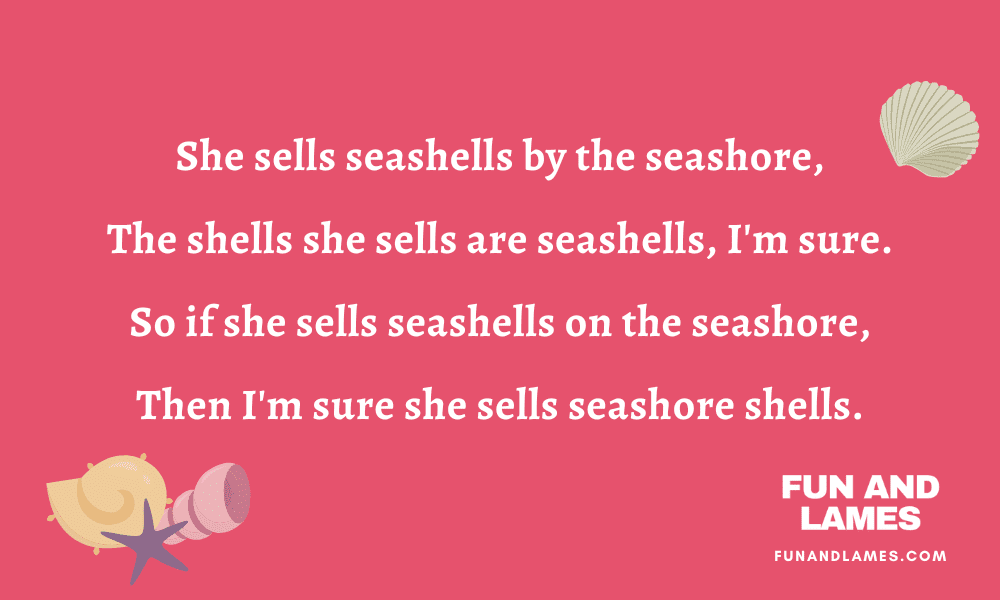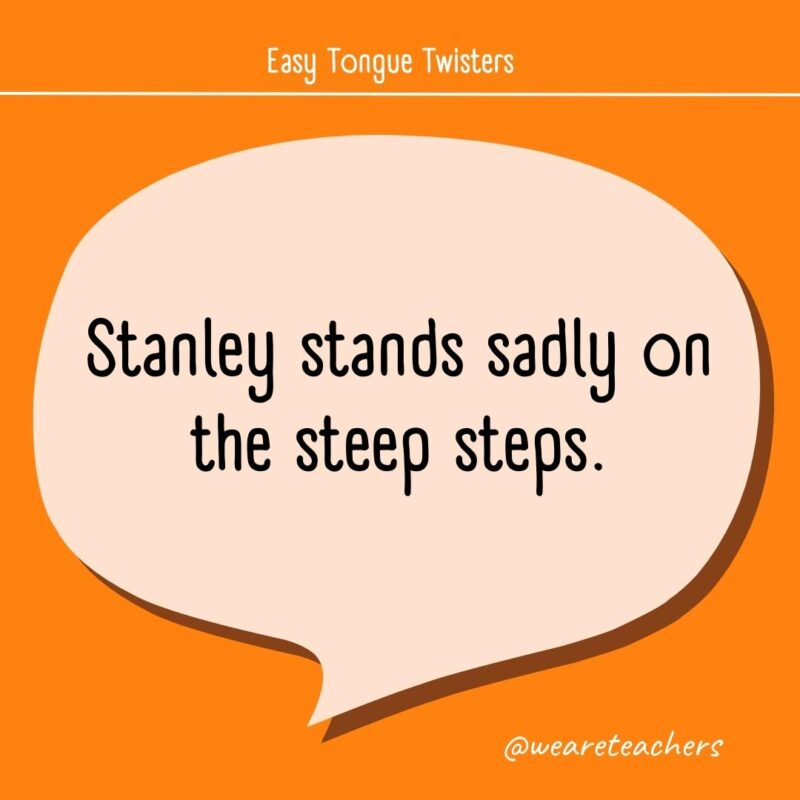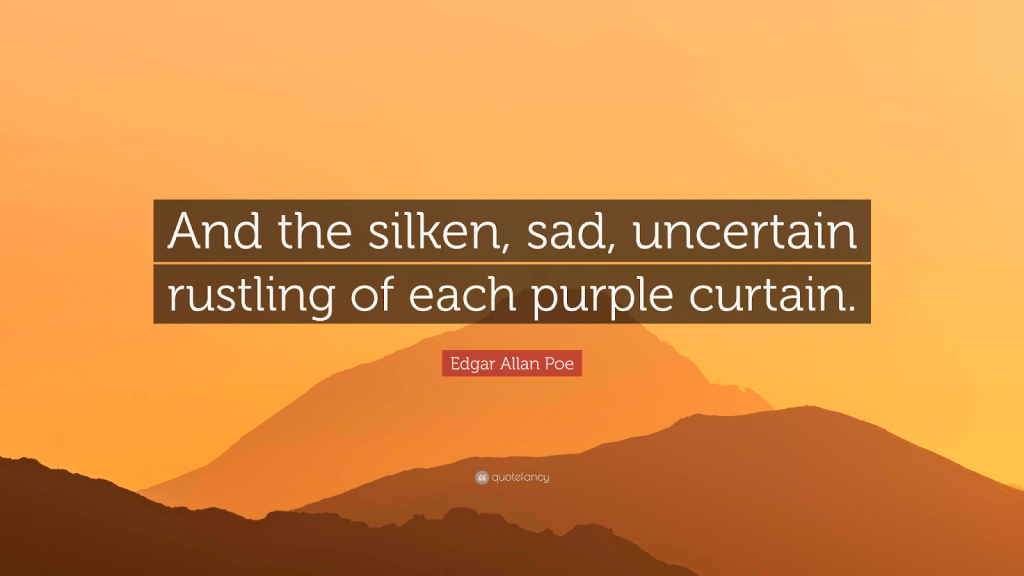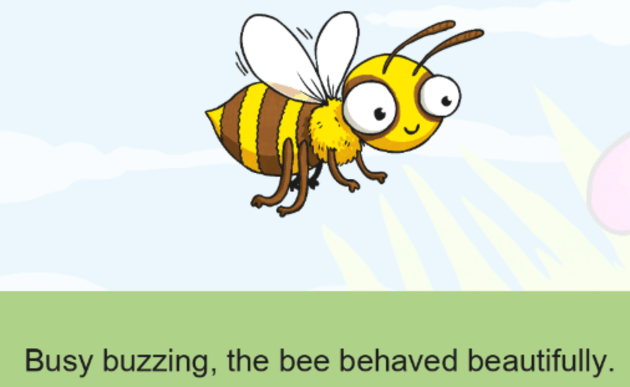Language has a way of playing hide-and-seek with patterns that make our expressions unforgettable. Today, let’s shine a spotlight on alliteration. From tongue twisters to memorable phrases, we’ll explore examples of alliteration of this delightful language tool. Let’s discover how using a bit of alliteration can make a regular sentence sound like a beautiful poem.
Table of Contents
What Is Alliteration?
Alliteration happens when words in a sentence or phrase begin with the same sound. It’s a way of making language sound catchy and fun.
- For example, “Silly Sally sells seashells by the seashore” is a famous alliterative sentence. The repeated “s” sound adds a playful and rhythmic quality to the words. Think of alliteration as a language game that writers and speakers play to make words memorable and fun to hear.

Related:
- Examples of Narrative Techniques
- Example of Argumentative Writing Techniques
- Listing Technique in Writing Examples
Examples Of Alliteration
Examples Of Alliteration In Everyday Sayings
Here are 45 examples of alliteration divided into categories:
Animals – Examples Of Alliteration:
- Silly snakes slither silently.
- Playful pandas peacefully play.
- Cunning cats cautiously creep.
- Buzzing bees bring bright blossoms.
- Mighty monkeys munch on mangoes.
Food and Drinks – Examples Of Alliteration:
- Crispy crackers crackle in the kitchen.
- Juicy, jumbo jellybeans jangle joyfully.
- Sizzling sausages smell savory.
- Cool, creamy chocolate captivates cravings.
- Piping hot pizza pleases partygoers.
Nature – Examples Of Alliteration:
- Whispering willows weave with the wind.
- Babbling brooks bubble brightly.
- Radiant rainbows restfully reach the horizon.
- Sunflowers sway in the summer breeze.
- Frolicking flowers flourish in the field.
Professions – Examples Of Alliteration:
- Busy bakers bake batches of bread.
- Cheerful chefs chop colorful vegetables.
- Melodic musicians make magical melodies.
- Fearless firefighters fight fierce flames.
- Joyful jugglers joyously juggle.
Places – Examples Of Alliteration:
- Mystic mountains majestically rise.
- Gleaming glaciers glisten in the sunlight.
- Rolling rivers rush rapidly.
- Ancient castles cling to craggy cliffs.
- Bustling bazaars buzz with activity.

Sports – Examples Of Alliteration:
- Spirited soccer players sprint skillfully.
- Thunderous touchdowns thrill the crowd.
- Racing runners rapidly reach the finish line.
- Basketball players bounce and shoot boldly.
- Hockey heroes handle hard hits.
Weather – Examples Of Alliteration:
- Whistling winds whip through the willows.
- Dazzling dewdrops dance on delicate daisies.
- Crisp, cold clouds cover the sky.
- Thunderous thunderstorms terrify timid travelers.
- Radiant rain refreshes the rural landscape.
Technology – Examples Of Alliteration:
- Digital devices diligently display data.
- Beeping buttons buzz beneath fingertips.
- Electronic engineers eagerly examine equipment.
- Computer codes cleverly calculate solutions.
- Virtual voyagers venture through vast virtual worlds.
Emotions – Examples Of Alliteration:
- Giddy giggles gather in the garden.
- Tearful tales touch tender hearts.
- Frightened friends find comfort in each other.
- Loving laughter lights up the living room.
- Joyful jubilation jumps in jubilant jumps.
Examples Of Alliteration In Literature
- “And the silken, sad, uncertain rustling of each purple curtain.” – Edgar Allan Poe, “The Raven“
- “While I nodded, nearly napping, suddenly there came a tapping.” – Edgar Allan Poe, “The Raven”
- “The fair breeze blew, the white foam flew, the furrow followed free.” – Samuel Taylor Coleridge, “The Rime of the Ancient Mariner“
- “From forth the fatal loins of these two foes; a pair of star-cross’d lovers.” – William Shakespeare, “Romeo and Juliet”
- “But a better butter makes a batter better.” – Dr. Seuss, “Fox in Socks”
- “She sells seashells by the seashore.” – Unknown (popular tongue twister)
- “Big brown bears bask in the bright sunlight.” – Unknown
- “The wild winds of winter whistled through the woods.” – Unknown
- The curious cat crept cautiously closer to catch its prey.” – Unknown
- “A lonely lighthouse loomed large on the lonely cliff.” – Unknown
- “Whispering willows welcomed weary wanderers.” – Unknown
- “Gleaming golden grains grew in the glorious garden.” – Unknown
- “Mysterious murmurs echoed in the misty mountains.” – Unknown
- “The fire flickered and faded in the fading light.” – Unknown
- “The playful puppy pranced proudly across the park.” – Unknown
- “The shimmering stars silently sparkled in the night sky.” – Unknown
- “The ancient oak tree stood sturdy and strong.” – Unknown

These examples showcase how alliteration is used to create rhythm, emphasize sounds, and add a poetic quality to the language in various literary works.
Tips For Using Alliteration
Here’s a simple guide on how to use alliteration effectively:
Identify the Sound:
Choose a specific sound that you want to repeat at the beginning of words. It could be a consonant or a vowel sound.
- For example, if you choose the “b” sound, you might start words with “bright,” “bold,” and “beautiful.”
Keep it Natural:
- Make sure the words flow naturally within the context of your sentence or phrase.
- Avoid forcing alliteration if it feels awkward or disrupts the meaning of your message.
Create a Rhythmic Flow:
- Use alliteration to add a rhythmic quality to your writing or speech. This can make your words more memorable.
- Experiment with the placement of alliterative words to find a pleasing rhythm.
Enhance Descriptions:
Alliteration can be a powerful tool for enhancing descriptions. It can make your writing more vivid and engaging.
- For example, instead of “a soft breeze,” you can say “a gentle, whispering wind.”

Experiment with Phrases:
Try incorporating alliteration into phrases or titles to make them catchy and memorable.
- For instance, “Dazzling Dreams” or “Mysterious Moonlight” use alliteration for a poetic effect.
Be Mindful of Tone:
- Consider the tone of your writing or speech. Alliteration can add playfulness, but it’s important to match it with the overall mood.
- Adjust the level of alliteration based on the formality or informality of your content.
Practice with Tongue Twisters:
- Tongue twisters are a fun way to practice and improve your alliterative skills.
- Challenge yourself with sentences that have repeating sounds, like “Peter Piper picked a peck of pickled peppers.”
Remember, alliteration is a versatile tool that can be adapted to various styles of writing. Whether you’re crafting a poem, writing a story, or creating a catchy slogan, alliteration can add a touch of creativity and make your words more engaging.
Conclusion
Exploring the playful world of alliteration has been a delightful journey through language. We’ve encountered 62 examples of alliteration, from charming tongue twisters to poetic lines in literature. This linguistic device, with its repeated sounds, adds a touch of rhythm and joy to words.
Ref: Ereading Worksheets | Twinkl | BYJU’S


